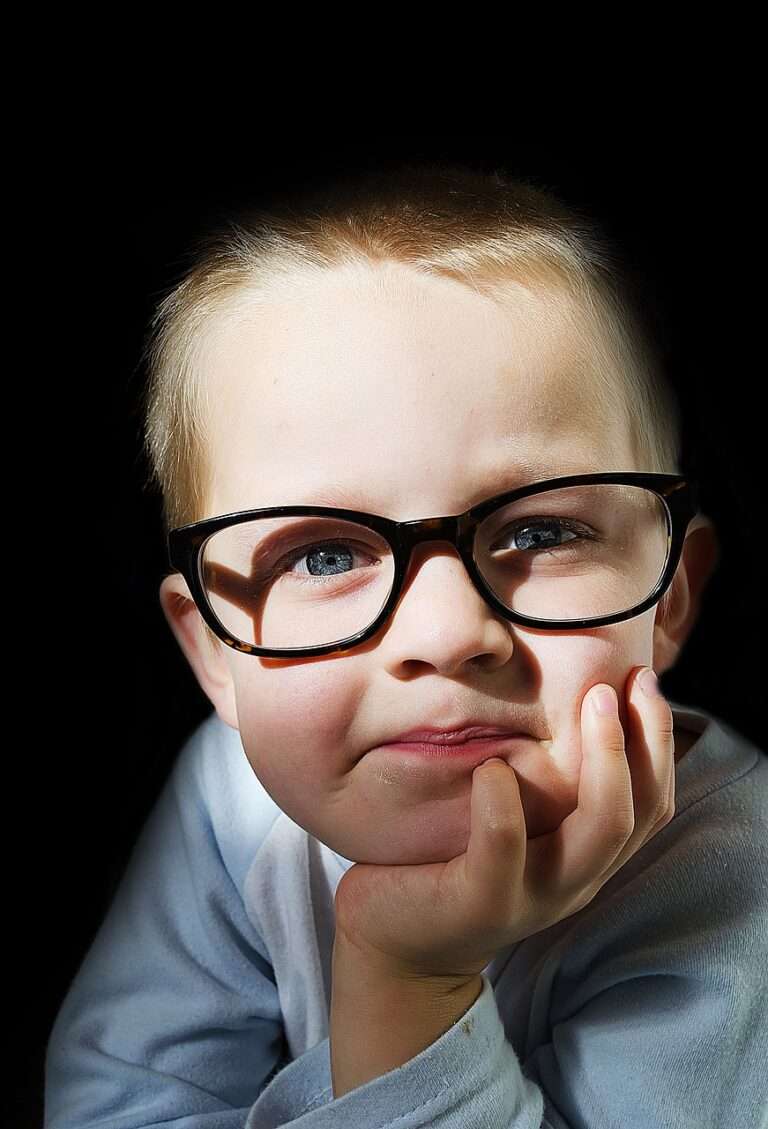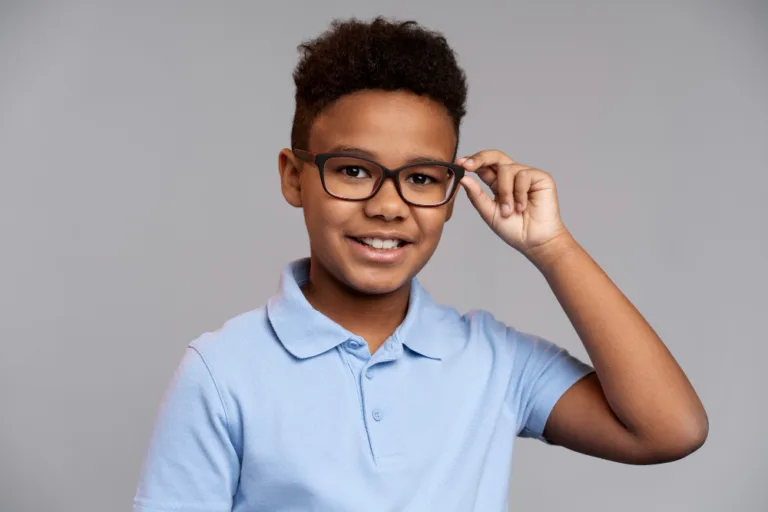When should my child have their first eye exam?
It’s recommended that children have their first eye exam at about 6 months of age. This early examination is important to ensure that their eyes are developing normally and to detect any conditions that could affect their vision and overall development. Here’s a general guideline for children’s eye exams:
- First Exam at 6 Months: At this age, an optometrist can check for basic visual acuity, eye movement ability, and look for signs of congenital eye conditions.
- Second Exam at Age 3: Before starting school, this exam focuses on identifying any vision problems that could interfere with learning, such as lazy eye (amblyopia), crossed eyes (strabismus), or refractive errors (necessity for glasses).
- Third Exam Before First Grade: Around the age of 5 or 6, children should have another exam to ensure they are visually ready for school. Vision problems can significantly impact learning, so it’s crucial to address any issues before they affect educational development.
After the initial exams, children should have their eyes examined every one to two years, depending on the advice of your eye care professional. Regular eye exams are vital to catch and treat any vision problems early because children are often more responsive to treatment when problems are detected early. If there are no vision problems, these regular check-ups can ensure that your child’s eyes are developing correctly as they grow.
------------From our Sponsors------------







